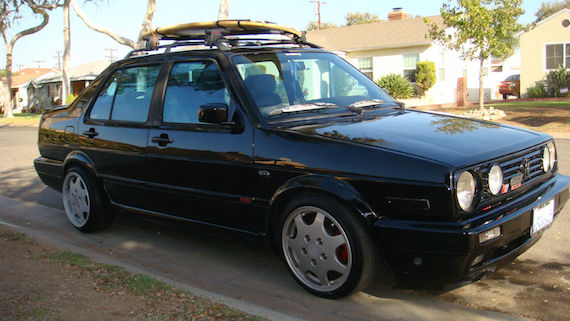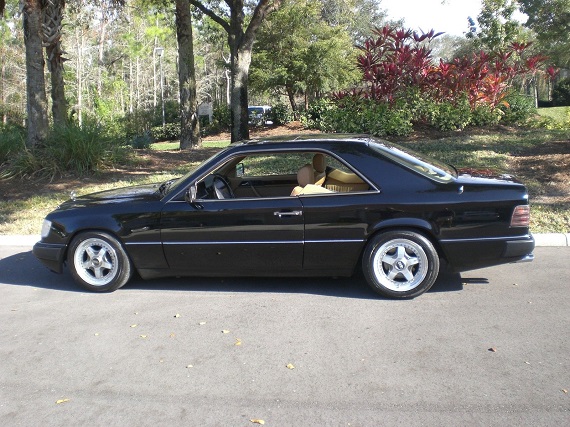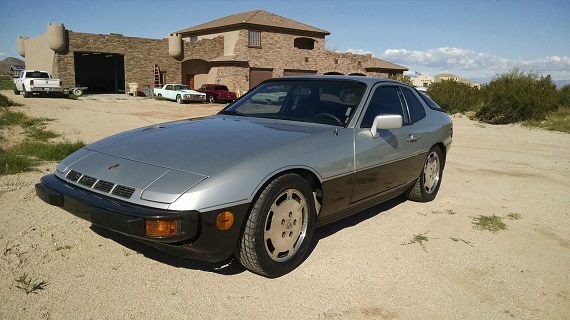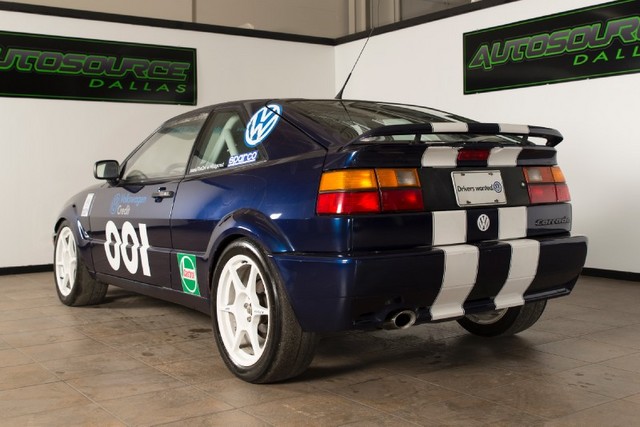One thing I really love about writing up these 10K posts is a odd combinations pricing allows me to come up with. For today’s post, I decided to do something a little different. Instead of maximizing the budget, I decided to look at it from the perspective of what was a classic 1980s car that you could buy and maintain well under $10,000. Obviously, if you’re willing to shill out much more, there are countless classics you can jump in to turn-key; but under $10,000 means with almost certainty that the car you’ll be getting in to today will be at least in part a bit of a project. Is there anything wrong with that? No, I think there’s an inherent appeal to trying to save and resuscitate a car that was in part neglected or just needs attention. Certainly I’ve tried to do that several times with 1980s cars – with mixed results. Today, I grabbed one classic from the 1980s (give or take, we’ll see…) from each of the major manufacturers – which is the one you’d like to save?
Tag: A2

Many of us car fiends rationalize the purchase of an older car in need of work by repeatedly telling ourselves that we’re saving a piece of history from the crusher – keeping a worthy example of automotive art on the road for all to enjoy. I’m certainly guilty of this myself and will continue feeding myself these lines as long as I can, even as the devil’s advocate says that no one cares about your silly old car and you’re sinking good money into a project that would be better spent elsewhere – perhaps even just on a nicer example of the exact same car.
But, as I said, I’m still a believer, and appreciate that this seller took a beat example of a cool car – the Mk2 Jetta GLI definitely counts as a worthy entry in the book of notable German special-edition sedans – and worked hard to bring it back to life. The salvage title means it will never sell for market value, but the seller clearly knows his VWs (note the collection in the background of the pics) and he put some serious time and energy into making this a decent car. Nothing here is perfect, but a lot of it is really cool. Quad headlamps – check (but that S4 badge – booooo). Porsche 928 wheels – check (but “stretched” tires – lame). Decent roof rack – check (but permanently mounted?! What’d you do?).
On the path of keeping misfit examples of cool older cars on the road, I’ve learned that we must be accepting of imperfections. Overall, I like the gist of this car, and believe it can continue making VW fanboys smile for years to come.
Click for details: 1991 Volkswagen Jetta GLI on eBay
5 CommentsHaving now written up my fair share of cars on this site, I’m asked from time to time “what’s the next E30 M3?” Certainly the trend that created demand on the M3 would have been hard to predict; while it’s a desirable package for certain and has an illustrious race career, I’ve also outlined how very similar cars haven’t achieved such notoriety. The Audi Quattro and 190E 2.3-16V, for example, though noted for their importance and with strong fan followings just don’t command the premiums of the M3. The Volkswagen world has been similarly fickle; the original GTi has certainly taken off in value, with prime examples now pushing well past $10,000 in today’s market, while other models that are arguably better cars don’t command the values of the GTi. Perhaps part of that appeal lies in the few that remain in good, original condition – especially with lower miles. But if you ask me what I think the next big thing in the Volkswagen market will be, I’d have to answer that the Corrado SLC has to be up there. A popular car to modify, there aren’t many that are left with low miles in pristine original shape. Couple the dwindling good examples with what is acknowledged as one of the best driving platforms Volkswagen has made and good looks, and the Corrado is sure to be a hot item for years to come. They don’t get much hotter than this example, either – with perhaps the lowest mileage Corrado we’ve seen on the market in the past few years, this Flash Red example is stunning:
CLICK FOR DETAILS: 1992 Volkswagen Corrado SLC on GCFSB
7 CommentsFor a long time, enthusiasts have claimed that you need to have rear wheel drive to enjoy a car’s dynamic abilities or have a successful race car. However, while limited in their application, front-drivers have a very long and successful track record dating back to the 1960s. Let’s not forget the Mini, SAABs and even some early Audi rally efforts which used front-drive platforms and were winners. In touring cars, Audi ran Coupe GTs and front-drive 4000s in Group 5 and later Volkswagen took the idea of the performance hatchback to their Golf platform in the GTi. Wildly popular as a budget racer since new, the Golf’s basic layout and platform evolved into the Volkswagen coupes – both Scirocco and later Corrado. While the early Sciroccos also gained much success in SCCA racing in the 1970s and early 1980s, the Corrado introduced a new level of performance with the VR6 engine. While the torque-laden application would seem on the surface to be a bad match for a front driver, the Corrado when properly set up is truly an impressive car and massively quick – a great alternative to the E36 chassis, for example:




